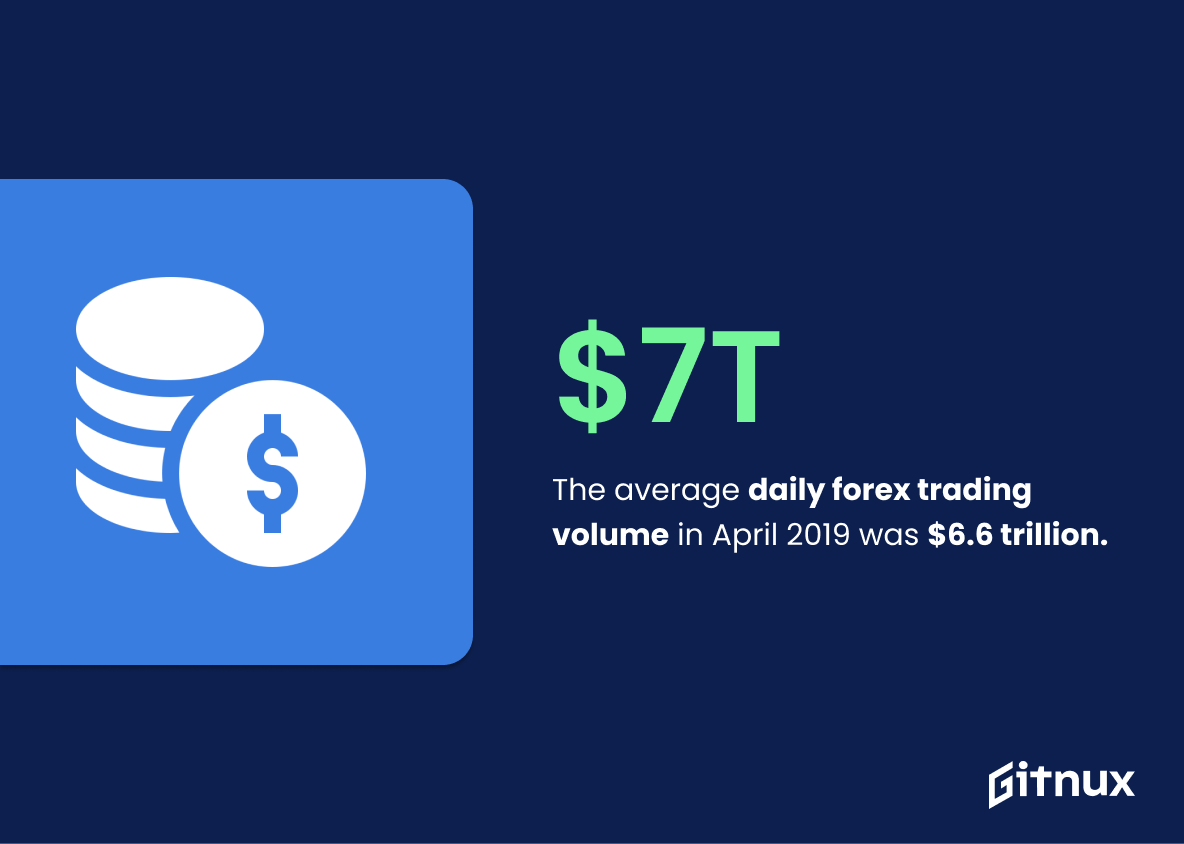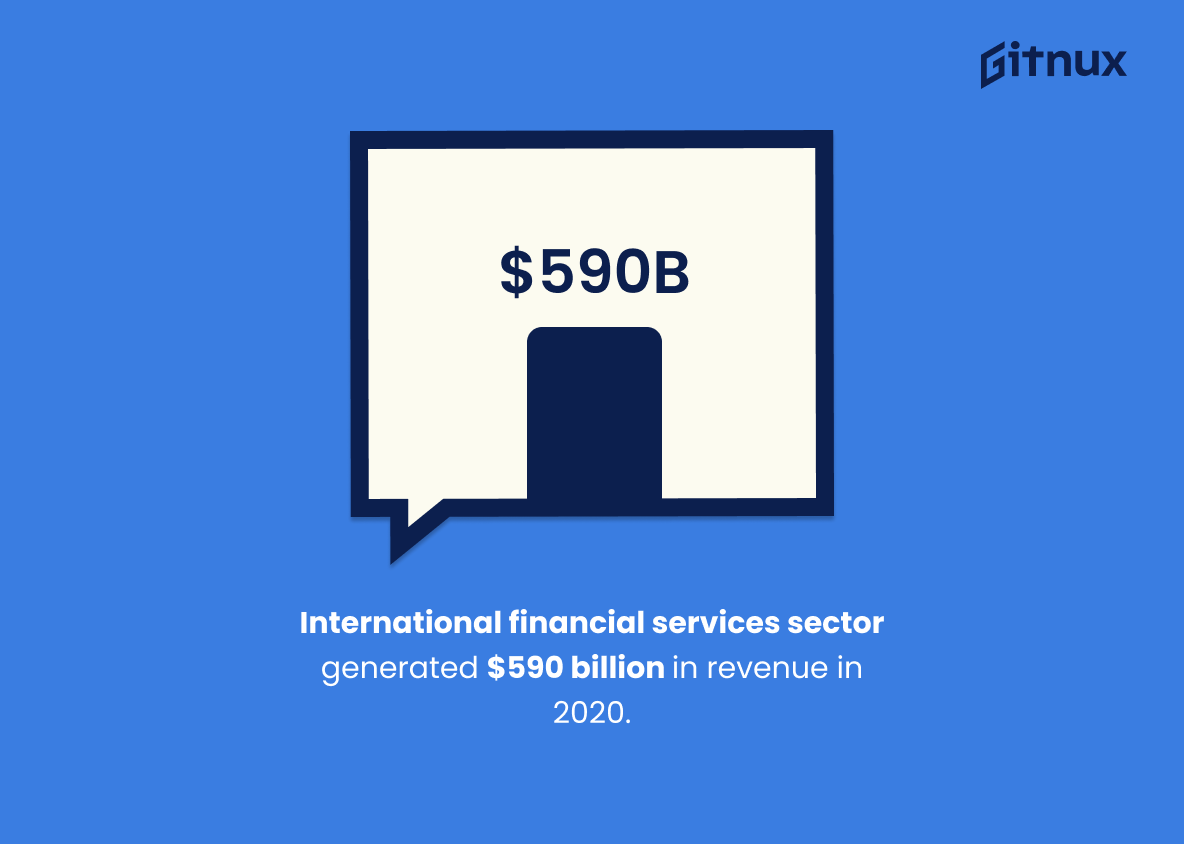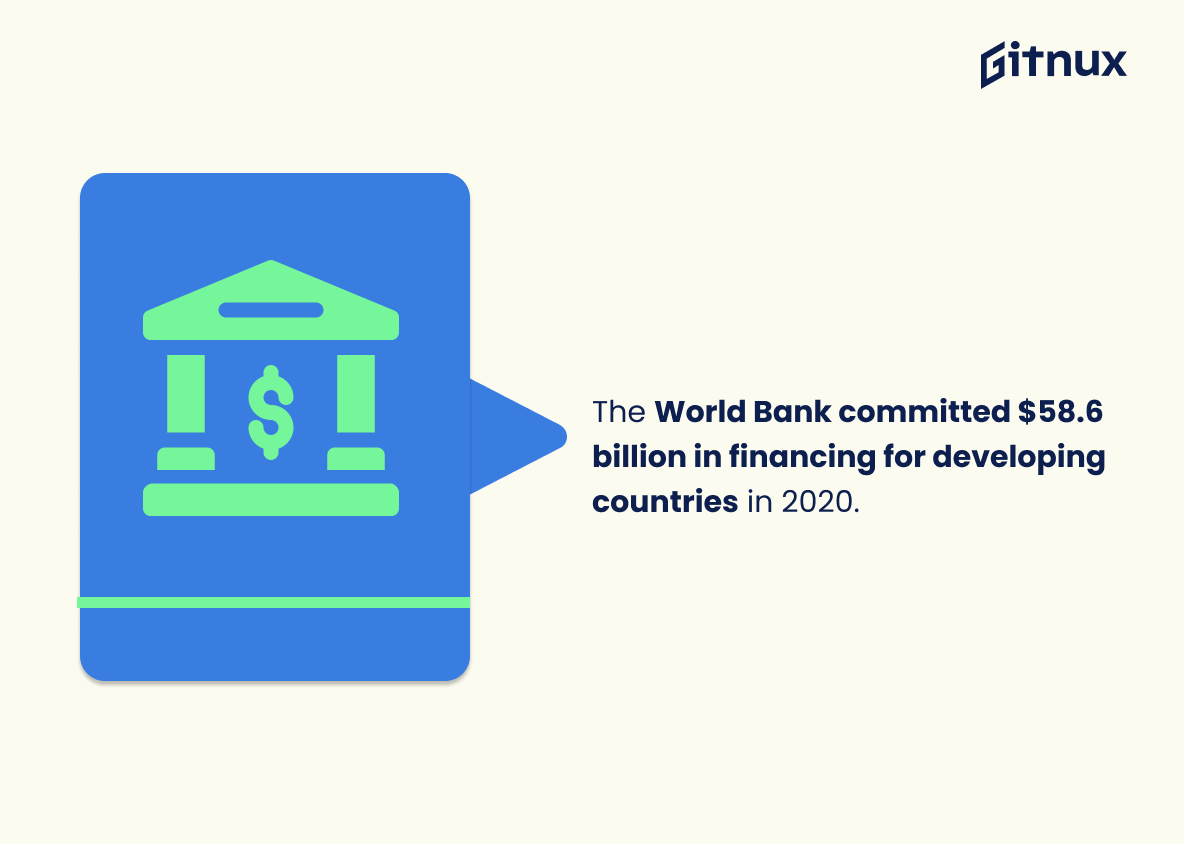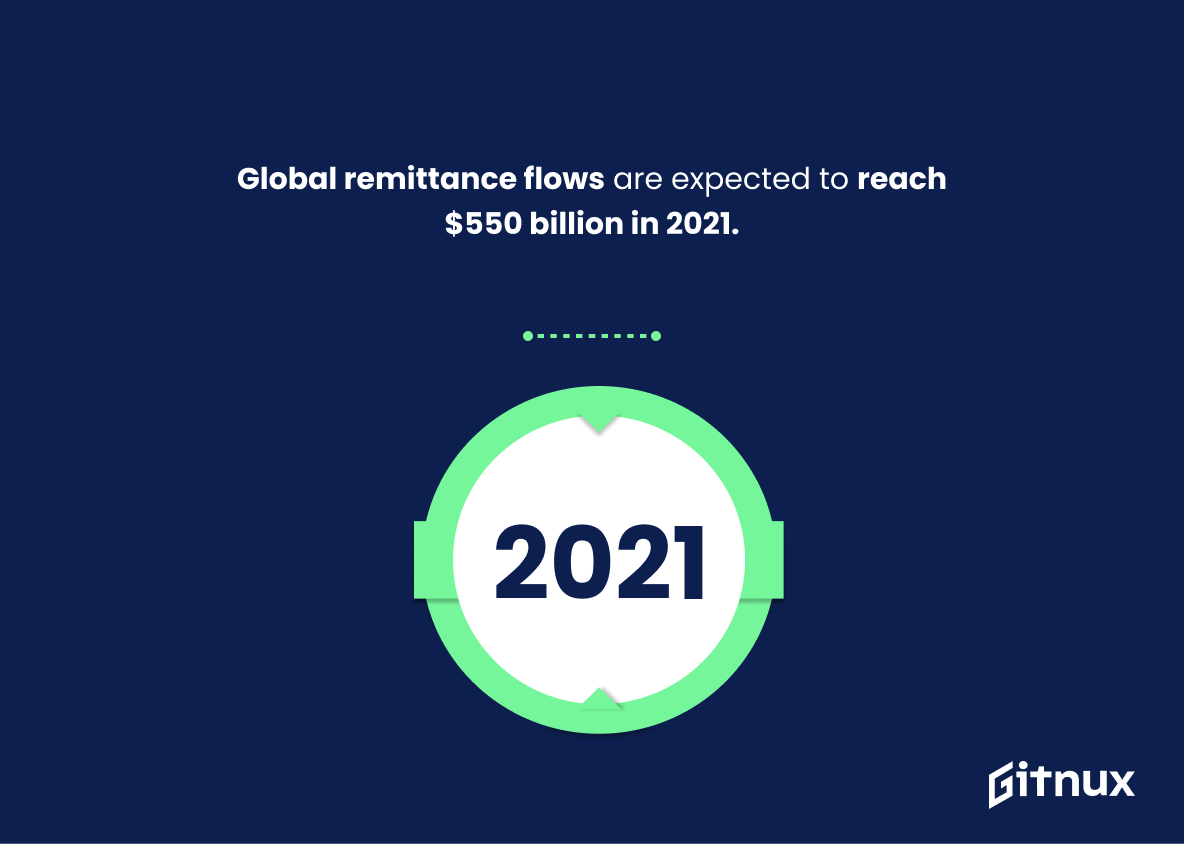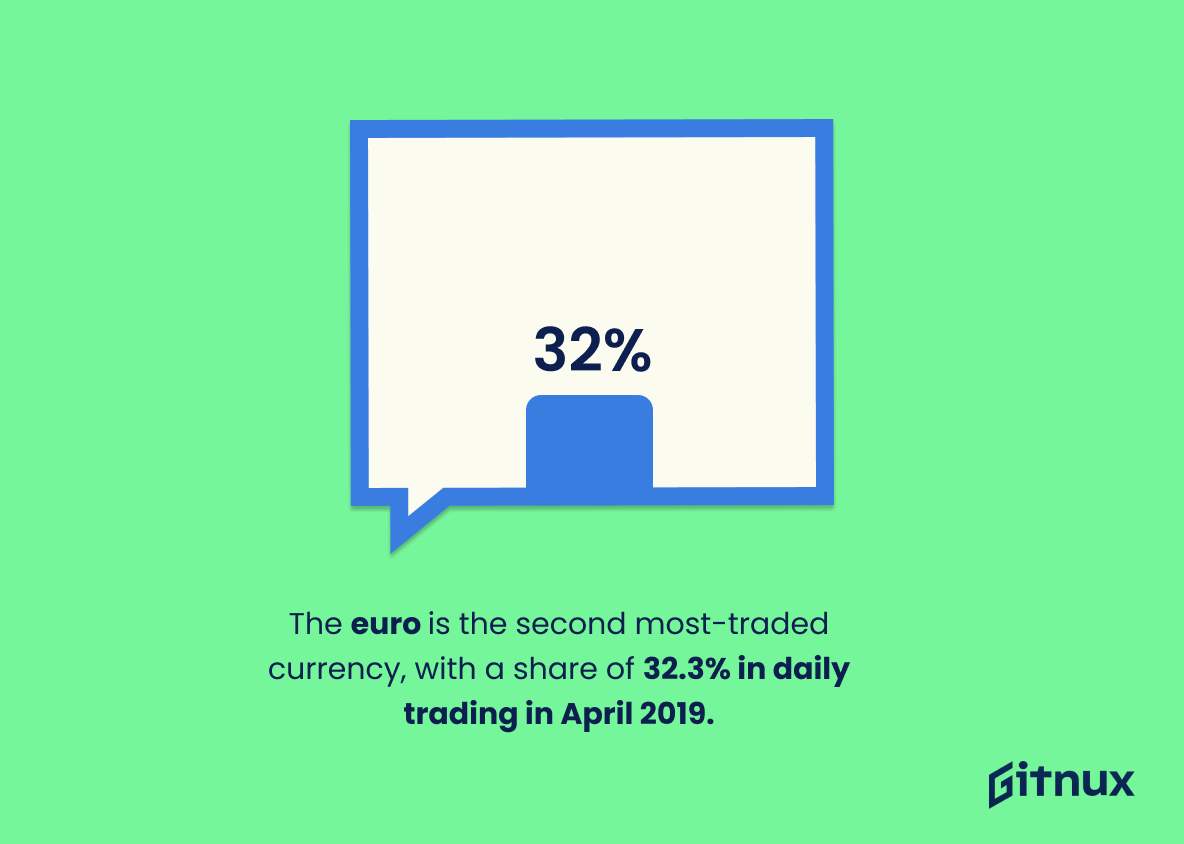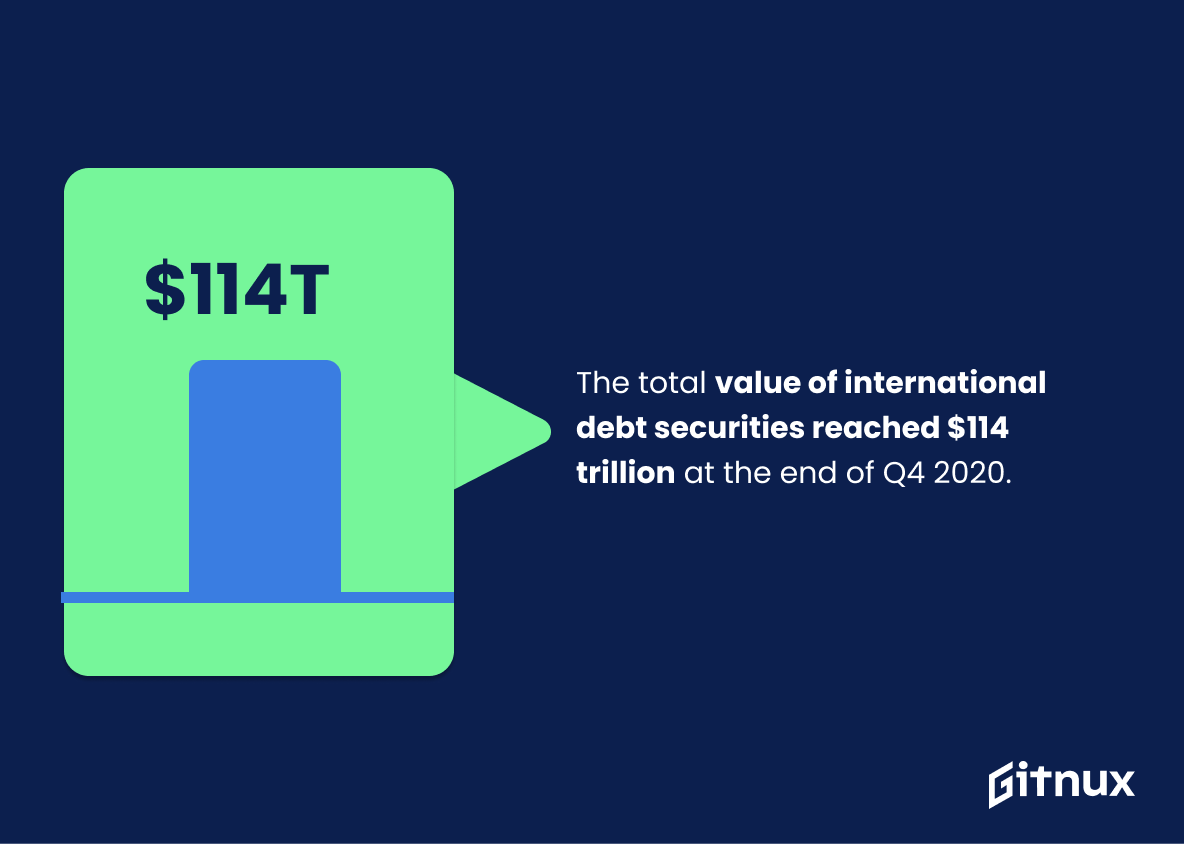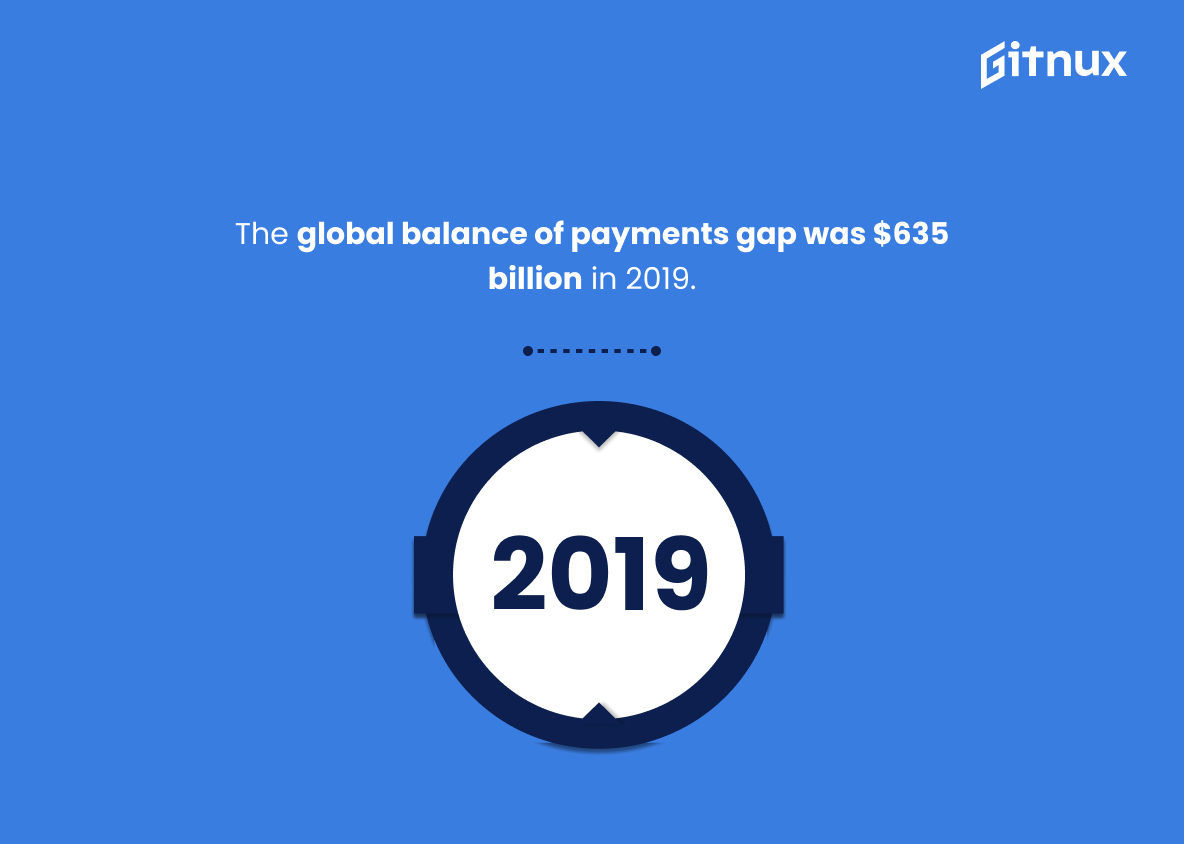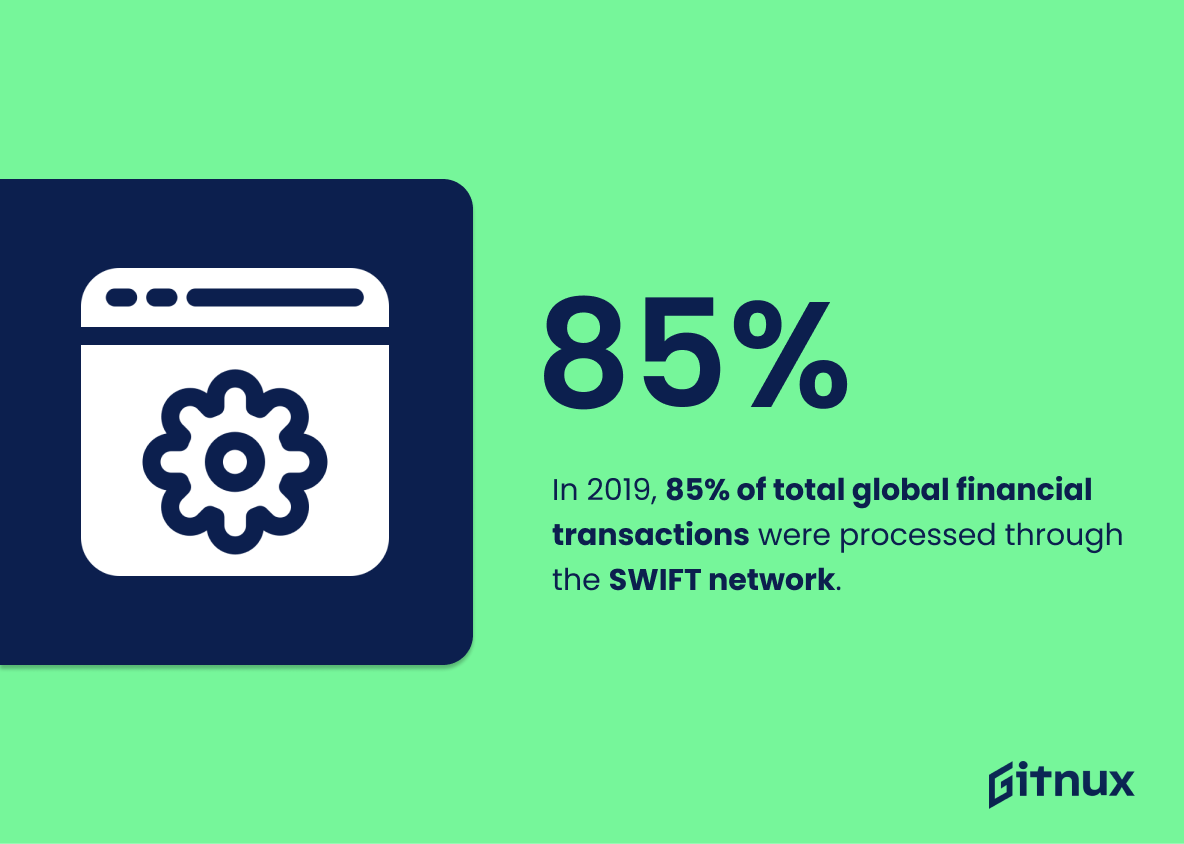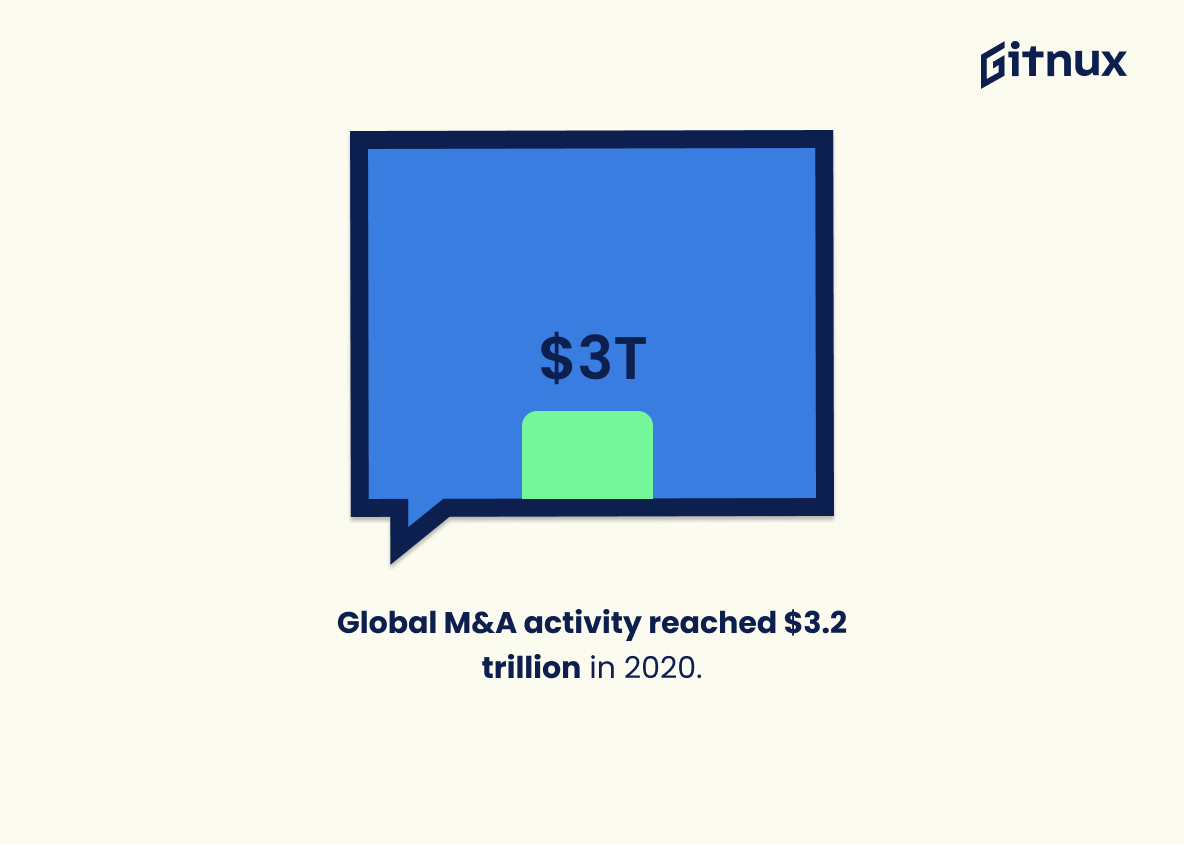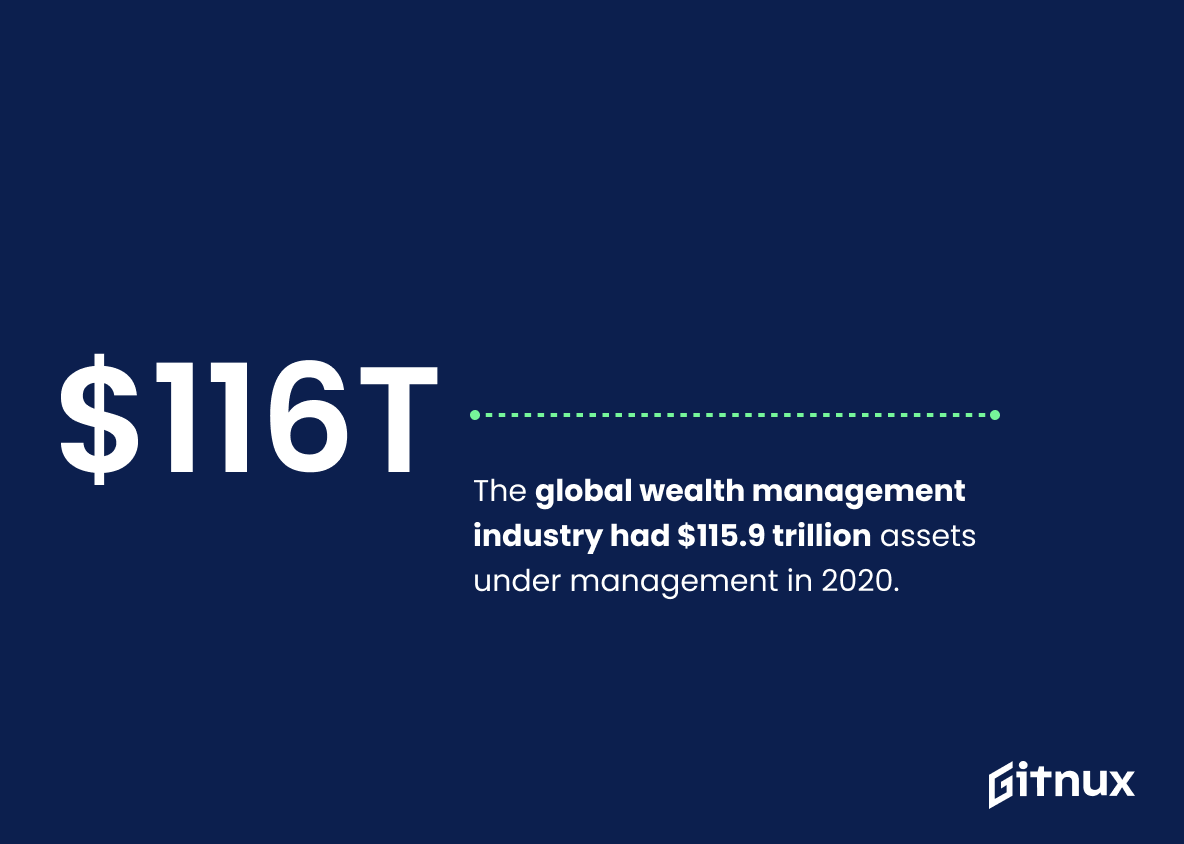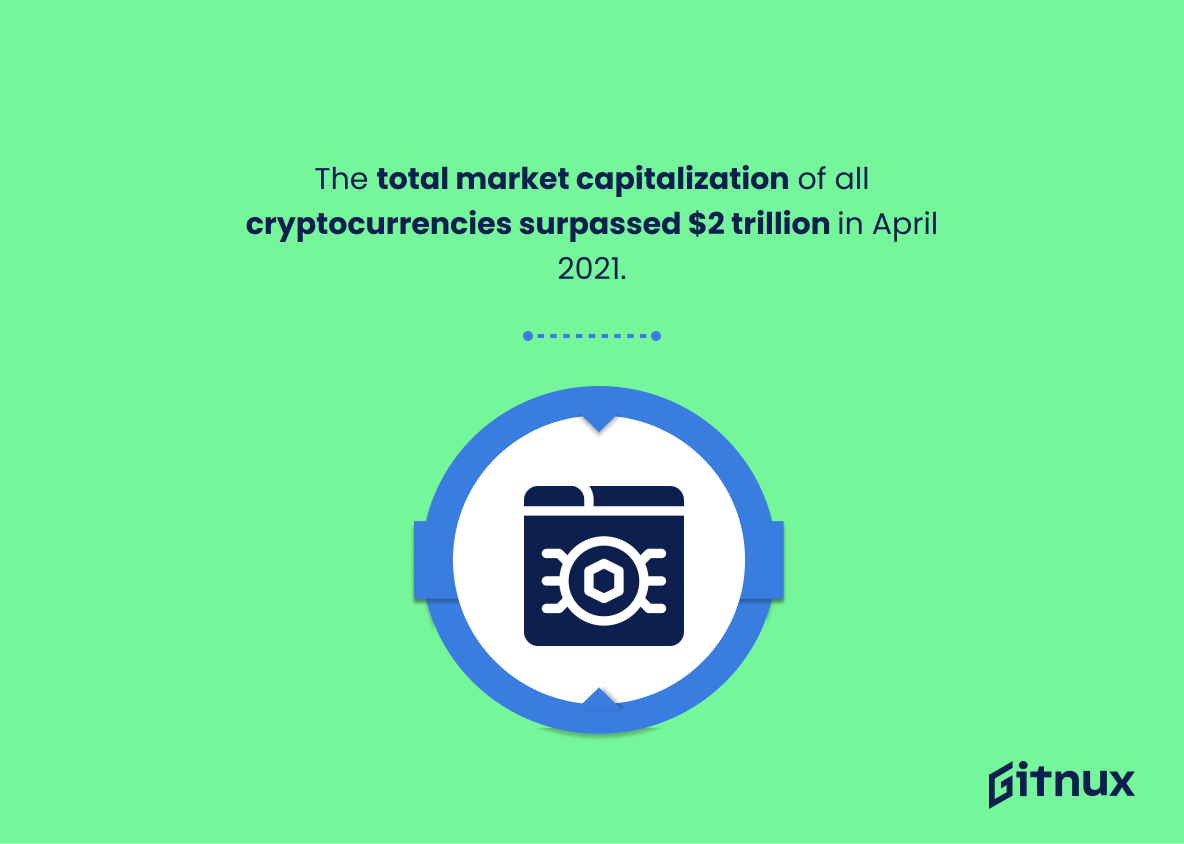The international financial market is an ever-evolving landscape, with new developments and trends emerging every year. In this blog post, we will explore the latest statistics on the size of the global financial markets as well as key indicators such as foreign direct investment (FDI) flows, forex trading volumes, revenue generated by financial services sector, currencies traded worldwide and more. We’ll also look at data from organizations like The World Bank and International Monetary Fund (IMF), which provide financing for developing countries around the world. Finally, we’ll examine some of the newer aspects of finance such as cryptocurrency investments and renewable energy investments to get a better understanding of where these industries are headed in 2021. So let’s dive into it.
International Financial Statistics Overview
The average daily forex trading volume in April 2019 was $6.6 trillion
This statistic is a powerful indicator of the immense scale of the international financial system. It demonstrates the sheer magnitude of the foreign exchange market, and the sheer amount of money that is traded on a daily basis. This statistic is a testament to the importance of international financial markets, and the need for accurate and up-to-date financial statistics to ensure that these markets remain stable and secure.
International financial services sector generated $590 billion in revenue in 2020
This statistic is a testament to the immense power of the international financial services sector. It highlights the sheer magnitude of the sector’s contribution to the global economy, with $590 billion in revenue generated in 2020 alone. This figure is a clear indication of the sector’s importance and influence in the world today.
Approximately 180 currencies are traded worldwide in the international financial markets
This statistic is a testament to the sheer complexity of the international financial markets, highlighting the vast array of currencies that are traded on a daily basis. It serves as a reminder of the importance of understanding the nuances of each currency and the impact that fluctuations in exchange rates can have on global economies.
The World Bank committed $58.6 billion in financing for developing countries in 2020
This statistic is a testament to the World Bank’s commitment to providing financial support to developing countries in 2020. It highlights the importance of international financial aid in helping to improve the lives of people in these countries and demonstrates the World Bank’s dedication to making a positive impact on the global economy. This statistic is a powerful reminder of the importance of international financial statistics in understanding the current state of the world’s economy and the need for continued support for developing countries.
Global remittance flows are expected to reach $550 billion in 2021
This statistic is a powerful indicator of the importance of international financial flows in the global economy. It highlights the immense scale of remittance flows, which are essential for the livelihoods of millions of people around the world. This statistic is a reminder of the need for governments and international organizations to ensure that these flows are secure, transparent, and accessible to all.
Global cross-border bank claims rose to $32.4 trillion in Q4 2020
The statistic of global cross-border bank claims rising to $32.4 trillion in Q4 2020 is a telling sign of the increasing importance of international financial markets. This figure highlights the ever-growing interconnectedness of the global economy, and the need for reliable and up-to-date financial statistics to ensure that businesses and investors can make informed decisions. This statistic is a reminder of the importance of International Financial Statistics in providing a comprehensive overview of the global financial landscape.
The euro is the second most-traded currency, with a share of 32.3% in daily trading in April 2019
This statistic is a testament to the euro’s importance in the global financial system. It highlights the euro’s role as a major player in international financial markets, demonstrating its widespread use and influence. This information is essential for understanding the current state of international financial markets and provides valuable insight into the euro’s role in the global economy.
International financial centers handled over $9 trillion in equity assets under management as of 2020
This statistic is a testament to the sheer magnitude of the international financial system. It highlights the sheer size and scope of the global financial industry, and the immense amount of capital that is being managed and traded on a daily basis. It is a powerful reminder of the importance of international financial centers and the role they play in the global economy.
The total value of international debt securities reached $114 trillion at the end of Q4 2020
This statistic is a testament to the sheer magnitude of international debt securities, highlighting the importance of understanding the global financial landscape. It serves as a reminder of the need to stay informed about the current state of international finance, and the potential implications of such a large amount of debt. By understanding the total value of international debt securities, we can better prepare for the future and make more informed decisions.
The global balance of payments gap was $635 billion in 2019
The global balance of payments gap of $635 billion in 2019 serves as a stark reminder of the importance of International Financial Statistics. This figure highlights the need for countries to monitor and understand their financial flows, both domestically and internationally, in order to ensure economic stability and growth. International Financial Statistics provide a comprehensive overview of the global economy, allowing countries to make informed decisions about their economic policies and investments. Without this data, countries would be unable to accurately assess their financial position and make sound decisions about their economic future.
In 2019, 85% of total global financial transactions were processed through the SWIFT network
This statistic is a testament to the power of the SWIFT network in the international financial system. It highlights the importance of the network in facilitating the majority of global financial transactions, and its significance in the world of finance. This statistic is a key indicator of the success of the SWIFT network, and its importance in the international financial system.
Global M&A activity reached $3.2 trillion in 2020
The statistic that global M&A activity reached $3.2 trillion in 2020 is a testament to the immense power of international financial markets. It highlights the sheer scale of the global economy and the importance of cross-border transactions in driving economic growth. This statistic is a reminder of the importance of understanding the dynamics of international financial markets and the need to stay abreast of the latest developments in this field.
The global wealth management industry had $115.9 trillion assets under management in 2020
This statistic is a powerful indicator of the immense size and scope of the global wealth management industry. It demonstrates the sheer magnitude of assets that are managed by this sector, and the importance of international financial statistics in understanding the current state of the industry. It also highlights the potential for growth and development in the sector, as well as the need for careful monitoring and regulation of the industry.
The global private equity industry had $4.46 trillion assets under management in Q4 2020
This statistic is a testament to the immense power of the global private equity industry. It highlights the sheer size of the industry and its ability to manage vast amounts of assets. This statistic is especially relevant in the context of international financial statistics, as it provides a snapshot of the industry’s current standing and its potential for growth.
The total market capitalization of all cryptocurrencies surpassed $2 trillion in April 2021
This statistic is a testament to the growing influence of cryptocurrencies in the global financial landscape. It highlights the increasing acceptance of digital currencies as a viable form of payment and investment, and the potential for them to become a major player in the international financial system. This milestone is a sign of the times, and a reminder of the importance of staying up-to-date with the latest developments in the world of finance.
Global investment in renewable energy surpassed $300 billion in 2020
The fact that global investment in renewable energy surpassed $300 billion in 2020 is a testament to the growing importance of sustainable energy sources in the global economy. This statistic is indicative of a larger trend towards investing in renewable energy sources, which is essential for the long-term health of the planet and its inhabitants. This statistic is also a reminder of the need for international financial institutions to continue to support and promote investments in renewable energy sources, as this is a key factor in achieving a sustainable future.
Conclusion
The international financial market is an ever-evolving and dynamic space. In 2019, the global market size was estimated to be around $89 trillion, with foreign direct investment (FDI) flows reaching a peak of $1.54 trillion in that same year. However, due to the COVID-19 pandemic FDI flows decreased by 35% in 2020. The average daily forex trading volume for April 2019 was reported at $6.6 trillion while international financial services sector generated revenue of approximately $590 billion in 2020 from 180 currencies traded worldwide across various markets and exchanges globally.
In addition, World Bank committed financing worth over $58 billion for developing countries during 2020 while remittance flows are expected to reach nearly 550 billion dollars this year as per estimates made by the World Bank Group’s Migration & Development Brief 2021 report released recently . Furthermore , International Monetary Fund granted debt relief amounting up to 28 low income countries last year along with Global cross border bank claims rising up to 32$ Trillion towards end of Q4 -2020 . Euro being second most traded currency had share of 32 % on daily basis whereas total value of all International Debt securities reached 114 Trillion US Dollars till December –2020 quarter end . Moreover , SWIFT network processed 85 percent transactions out off total global Financial Transactions done throughout world during 2019 where China’s outward Foreign Direct Investment stock touched 2$Trillion mark at close off calendar Year -2019 followed by Merger & Acquisition activity crossing 3$Trillion threshold during past 12 months period ending Dec–2021 month end respectively . Private Equity Industry assets under management crossed 446 Billion US Dollar Mark During fourth Quarter –2020 which further witnessed Market Capitalization Of All Cryptocurrencies surpassing 2 Trillions USD figure just few days back i:e April 2021 Month End While Renewable Energy Investments surpassed 300 Billion USD Globally Last Year Itself Respectively
Overall it can be concluded that despite facing some challenges due to Covid 19 Pandemic situation prevailing since March–2020 onwards yet International Financial Markets have shown resilience against such odds thereby continuing its growth trajectory even after one full Calendar Year has passed away since then
References
0. – https://www.statista.com
1. – https://www.bis.org
2. – https://www.openknowledge.worldbank.org
3. – https://www.preqin.com
4. – https://www.swift.com
5. – https://www.businessinsider.com
6. – https://www.stoxx.com
7. – https://www.researchandmarkets.com
8. – https://www.data.imf.org
9. – https://www.cnbc.com
10. – https://www.unctad.org
11. – https://www.worldbank.org
12. – https://www.fs-unep-centre.org
13. – https://www.marketwatch.com
